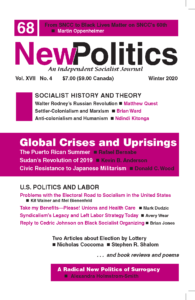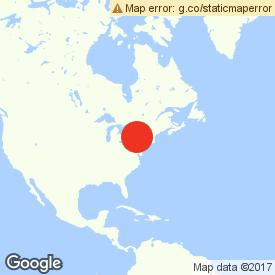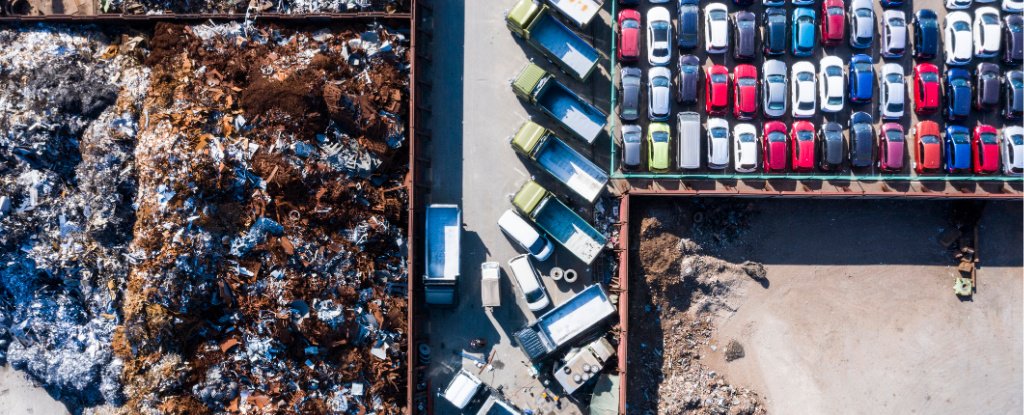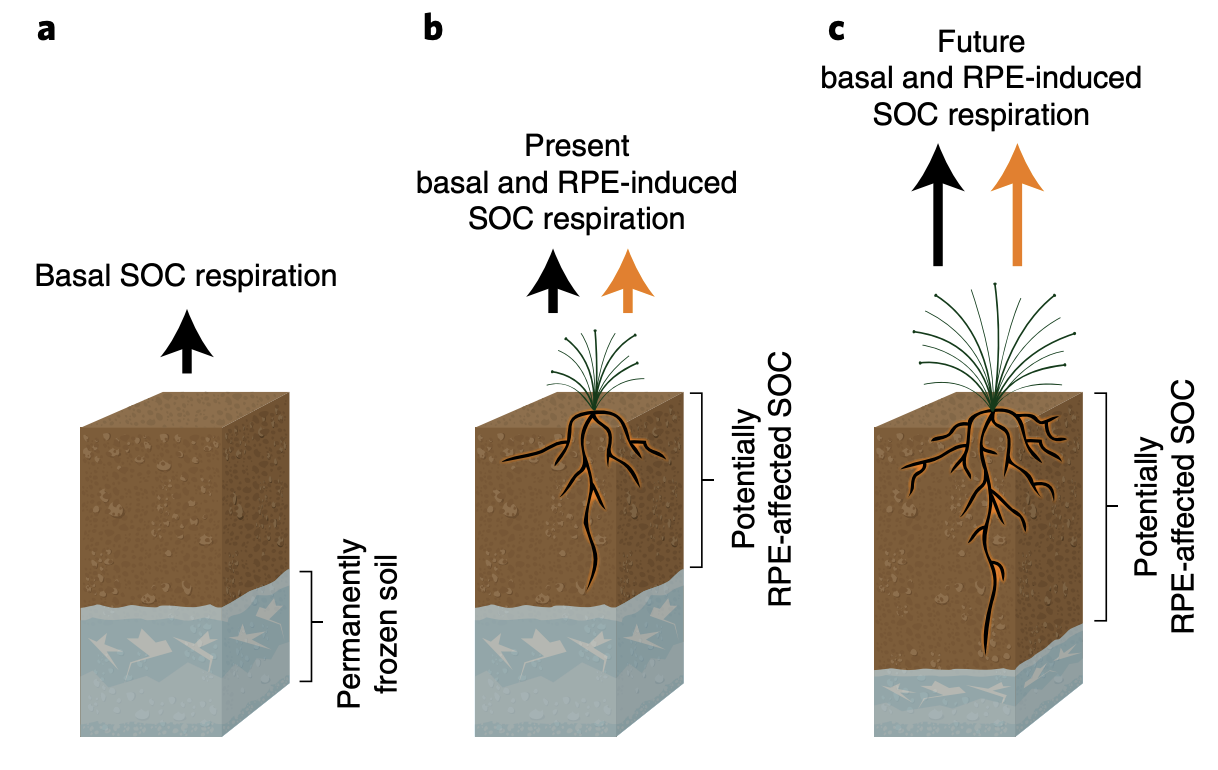Portland Protests: A Chronology of Police Repression
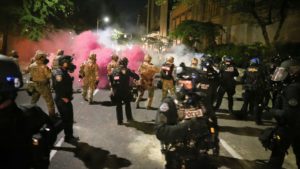 May 28th was the first night protests were organized in front of the Multnomah County Justice Center, one of the focal points of the anti-police brutality actions taking place across Portland, Oregon, a city that sits on stolen indigenous Cowlitz and Clackamas land. JoAnn Hardesty, a Black Lives Matter activist who is now a City Commissioner, imposed a curfew of 8:00 pm on May 30. The Portland Police Bureau (PPB) decided to enforce the curfew an hour early, using tear gas.
May 28th was the first night protests were organized in front of the Multnomah County Justice Center, one of the focal points of the anti-police brutality actions taking place across Portland, Oregon, a city that sits on stolen indigenous Cowlitz and Clackamas land. JoAnn Hardesty, a Black Lives Matter activist who is now a City Commissioner, imposed a curfew of 8:00 pm on May 30. The Portland Police Bureau (PPB) decided to enforce the curfew an hour early, using tear gas.
July 10 was the first day on record that federal forces brutalized activists according to the Portland Black Lives Matter Protests timeline of KOIN Channel 6 News, although it is possible that multiple federal agencies had been here already, making plans to participate in violent federal state repression in the form “less-than-lethal” munitions-based crowd control and outright kidnappings.
Last night, July 22, was the fifty-fifth or -sixth night in Portland of protests in solidarity and in mourning with Minneapolis following the racist murder of George Floyd. Portland Mercury reporter Alex Zielinski sums up the feelings of many Portlanders in her piece cleverly titled, “Mayor Wheeler Condemns Feds’ ‘Indiscriminate’ Use of Tear Gas, Despite Portland Police Using Identical Tactics.” Zielinski writes:
‘After being repeatedly tear gassed Wednesday by federal police, Portland Mayor Ted Wheeler is in agreement with protesters: Law enforcement’s response to nightly demonstrations is disproportionately violent….“There are a lot of people out here who are not doing anything wrong,” he [Wheeler] added, looking over his shoulder at several hundred demonstrators. “They’re loud—they’re saying ‘Fuck you Ted’ a lot, but that’s legal. That’s constitutionally protected speech.” Wheeler’s concerns echo those of protesters who’ve experienced the same indiscriminate violence coming from Portland police officers since the city’s protests against police brutality began on May 29.’
Department of Homeland Security, U.S. Customs and Border Protection, ICE, and possibly other federal agencies are deployed here as this article is being written. The excuse for sending them here is the alleged threat to federal property, listing graffiti as a reason to invade. They are assisting the PPB to brutally squash the rebellion against business as usual. Nameless agents stalk our city, practically indistinguishable from Proud Boys or other local or national fascist formations who don military uniforms in cosplay to intimidate. U.S. Customs and Border Protection’s reasoning is that “. . . names of the agents were not displayed due to recent doxing incidents against law enforcement personnel who serve and protect our country.” That is a hardly a valid concern for people who are as well armed as any local or federal police in this country.
A kidnapping victim interviewed by the Washington Post reported that “federal officers who snatched him off the street as he was walking home from a peaceful protest did not tell him why he had been detained or provide him any record of an arrest… As far as he knows, he has not been charged with any crimes. And, Pettibone said, he did not know who detained him.”
Kidnappings are terrifying. Anarchist organizer Lilith Sinclair on Democracy Now said, ‘We’re seeing these disappearances. I think it’s important to note that these unmarked cars that are going around in the street are unmarked rental vehicles. They are full of men in uniforms, no badges, no IDs. They refuse to even answer the question of “Are you or are you not law enforcement?”’ There are reports of sexual violence towards women and non-men. Interrogation, disorientation, infiltration all appear to form part of the goal of outright terrorism.
Anti-insurgency tactics are what we Portlanders are being terrorized with, much as the people of Palestine, Iraq, Afghanistan, Pakistan, and Yemen have been experiencing while occupied by the blood-and-oil-thirsty U.S. war machine or one of its well-funded allies like Israel and Saudi Arabia. Police in the United States are often sent to Israel to train with the Israeli Defense Force. The black site kidnappings we’re facing here are not unlike the spiriting away of Muslim, Arab, and Southeast Asian people to Guantanamo or the disappearing of Black people in the prison industrial complex. And it resembles the family separations experienced by immigrants. Many people south of the U.S. border are indigenous to THIS LAND and not to the areas to which their ancestors fled to escape the mass genocide here in the United States.
Federal forces have participated willfully in war crimes, just like their local counterparts the PPB, who were already tactically targeting with ruthless terror certain protesters such as medics and those carrying out food distribution or people they deemed “leaders.” Two nights ago, they ambushed a medic tent, spraying the supplies with pepper spray, making the equipment unusable. Feds and the PPB have stolen cooking equipment multiple times.
There is hesitancy among many on the front lines to identify openly with any specific organization because of the backlash people have already experienced from cops showing up at their houses to question them about their activities. Doxing, which is publishing of personal information such as address or workplace on the Internet, along with political affiliations or activities, is another fear. While it may be frustrating for organizers attempting to learn from the tactics being used on the ground to see blurry or obscured videos or pictures, it is more important to the safety of the people being targeted to censor certain footage. The far right and the police have been using the footage from protests to identify people for doxing or arrest.
Corporate news is focused solely on the Justice Center, a small part of the city in downtown, which is largely where the PPB, and now federal forces, have been starting riots and gassing people. Across the city there are dozens, perhaps hundreds, more projects that are being quickly strengthened by this fire.
No stranger to racist violence, just last year Tete/Otis Gulley, Black transfeminine person, was found hung from a tree in Rocky Butte Park. Her family is sure that she was being stalked by a violent man who they believe staged her murder as a suicide. Gulley’s case has recently received national attention. Officially the last documented lynching in Portland was in 1988 when an Ethiopian student named Mulugeta Seraw was found beaten to death by members of East Side White Pride and White Aryan Resistance.
Liberal white supremacy is the reigning politics of Oregon. Those who colonized and founded Oregon intended it to be a “whites only” state, as has been well documented by Oregon Black Pioneers in this Oregon Public Broadcasting piece and by The Atlantic. Patriot Prayer, 3%ers, Proud Boys, KKK, Volksfront, and more fascist gangs are documented to have engaged in collaboration with the local police. Fascists have engaged in “summers of terror” for several years. There have also been times when non-white people, houseless, or visibly gender non-conforming or non-heteronomative people were stalked, physically assaulted, and in some cases kidnapped for worse treatment. Huge community meetings have repeatedly been organized in Portland to address this terror to no avail.
For Wheeler to act as if he, as the Police Commissioner, is not ordering, the exact response the federal agents are using is astounding in its absurdity. Demands that he and the entire city council remove themselves from office are widespread. “Resign Ted!” is a popular sign, chant, and hashtag since before these Black Lives Matter protests, as he has proved himself useless against the fascist terror. Take for example the case of the terror that resulted in the stabbing death of two white men and the severe wounding of a third who came to the defense of Black girls on a Max train at the Hollywood Transit center. That blood is on Wheeler’s hands
Gains and Good News
Portland Public Schools’ decision to remove PPB officers from their campuses is an important gain that was begrudgingly ceded early on. Pride NorthWest, responsible for the Portland Pride Parade, released a statement: “Beginning in 2021, uniformed and armed law enforcement officers will be disallowed from marching in the Portland Pride Parade and from exhibiting at the Portland Pride Waterfront Festival. The various agencies that typically include law enforcement in their contingents and booths were notified last week. We are now making this decision public, so as to assure our community that we have been paying attention and taking action.”
Another piece of good news is that Portland Fire & Rescue have ceased to allow PPB or federal agents to use their facilities as of July 19th.
Teressa Raiford founder of Don’t Shoot PDX, a mother and relentlessness supporter of Black Youth, is running for Mayor against the incumbent Wheeler. Raiford has been stalked, assaulted, and profiled by the PPB for being a Black organizer. Don’t Shoot PDX was the very first Black Lives Matter organization in Portland. She is not included on the ballot for mayor in the special runoff election between incumbent “Teargas Teddy” and urban policy consultant Sarah Iannarone. Raiford announced a write in campaign that could win the election as there is increasing pressure for Iannarone to drop out.
Crowds have not gotten smaller with this federal occupation. Last night may have been one of the largest turnouts—people reported being packed tightly together at certain points due to the mass of people in the street. “Stolen people on stolen land!” rings out into the teargas clouds for another night.
